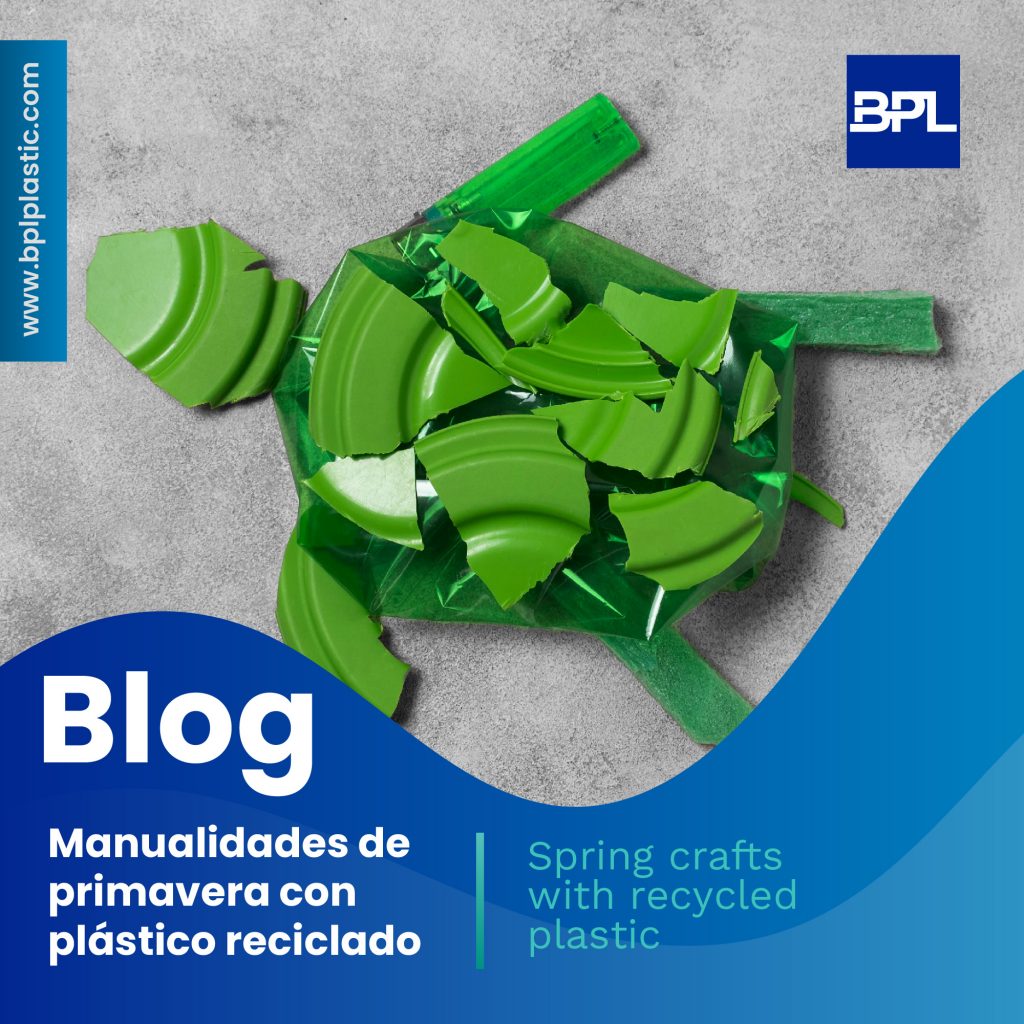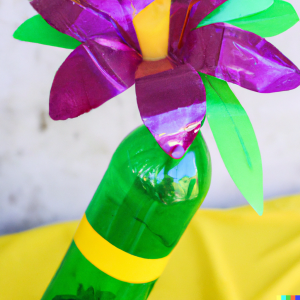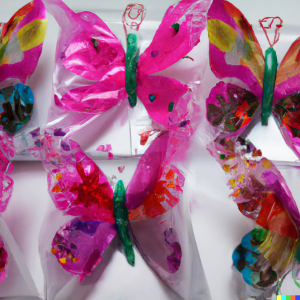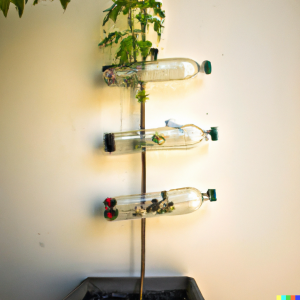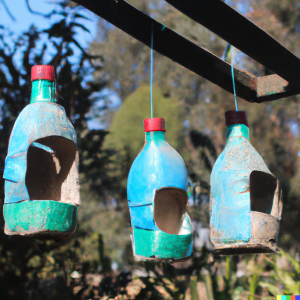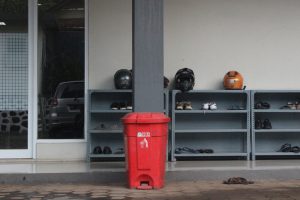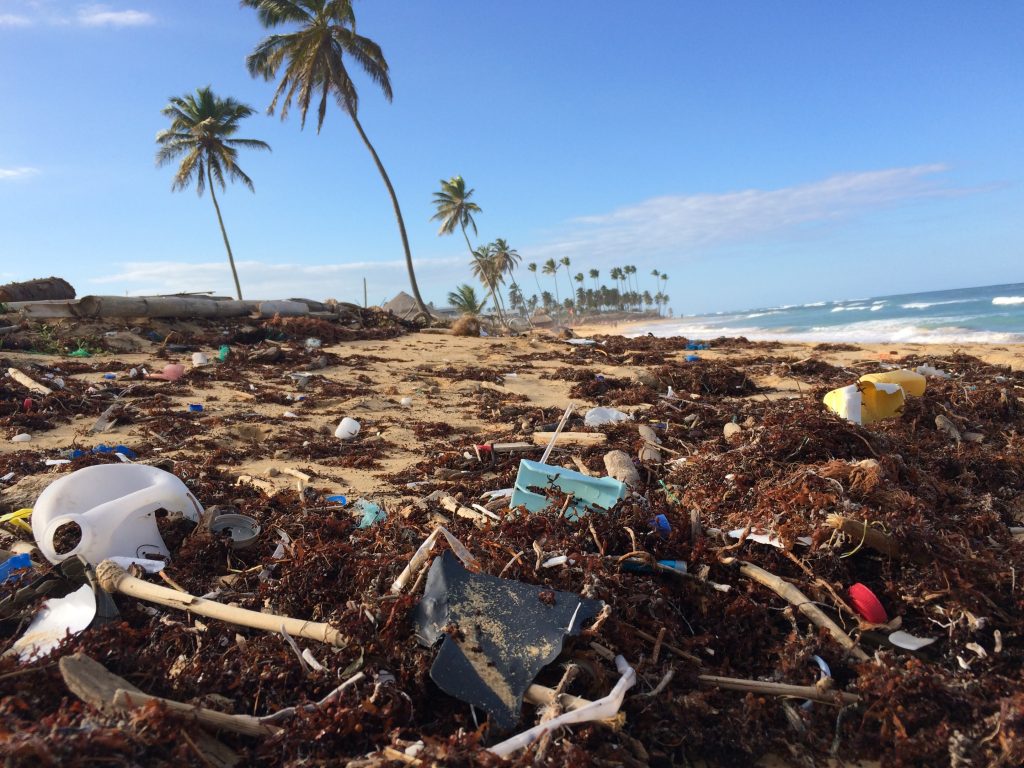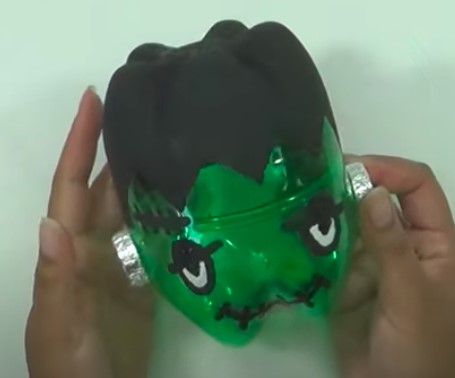Biodegradable plastic has become an increasingly popular option in fighting pollution and promoting a sustainable future.
Unlike conventional plastic, this material has the ability to decompose naturally and without leaving toxic residues in the environment.
In today’s article, we tell you what biodegradable plastic is, its uses and the benefits it offers.
What is biodegradable plastic?
It is a material that breaks down through biological processes into natural elements, such as water, carbon dioxide and biomass.

It is made using renewable sources, such as corn starch, and is often blended with natural polymers to increase its strength and durability.
Although its decomposition time can vary, it generally disintegrates in a shorter period than traditional plastic, thus reducing its environmental impact.
Uses of biodegradable plastic
Biodegradable plastic can be used in a wide range of applications.
In this way, it replaces conventional plastic in numerous products.
Some of the more common uses include:
Packaging:
It is used in the manufacture of food containers, shopping bags and bottles.

These products are becoming more and more popular in supermarkets and shops.
This is because they help reduce the accumulation of plastic waste and its impact on ecosystems.
Agriculture:
In agriculture, biodegradable plastic is used in the production of films and sheets to cover crops.
These materials protect plants from weeds and pests, while breaking down naturally without leaving harmful residues in the soil.
Packaging of cosmetic products:
Many cosmetic companies are turning to biodegradable packaging for their products, thus reducing their environmental footprint and offering more sustainable options to consumers.
Benefits
The use of biodegradable plastic carries several significant benefits for the environment and sustainability:
Pollution reduction:
By breaking down naturally, biodegradable plastic prevents the accumulation of plastic waste in oceans, rivers and landfills.

This reduces pollution and protects marine and terrestrial life.
Resource savings:
Unlike conventional plastic, which is derived from petroleum, biodegradable plastic is made from renewable sources, such as plants and biomass.
This decreases dependence on fossil fuels and helps conserve natural resources.
Promotion of the circular economy:
Biodegradable plastic can be part of a sustainable life cycle.
It can be recycled or composted, allowing its reuse in new products or its return to nature as an organic fertilizer.
In summary, biodegradable plastic represents a promising and sustainable alternative to conventional plastic.
Its ability to break down naturally, along with its various uses and environmental benefits, make it an attractive option for reducing plastic pollution and promoting a cleaner future.
By choosing products made from biodegradable plastic, we can contribute to a positive change in the environment and advocate for a more sustainable lifestyle.
If you are interested in recycling, visit our website.

